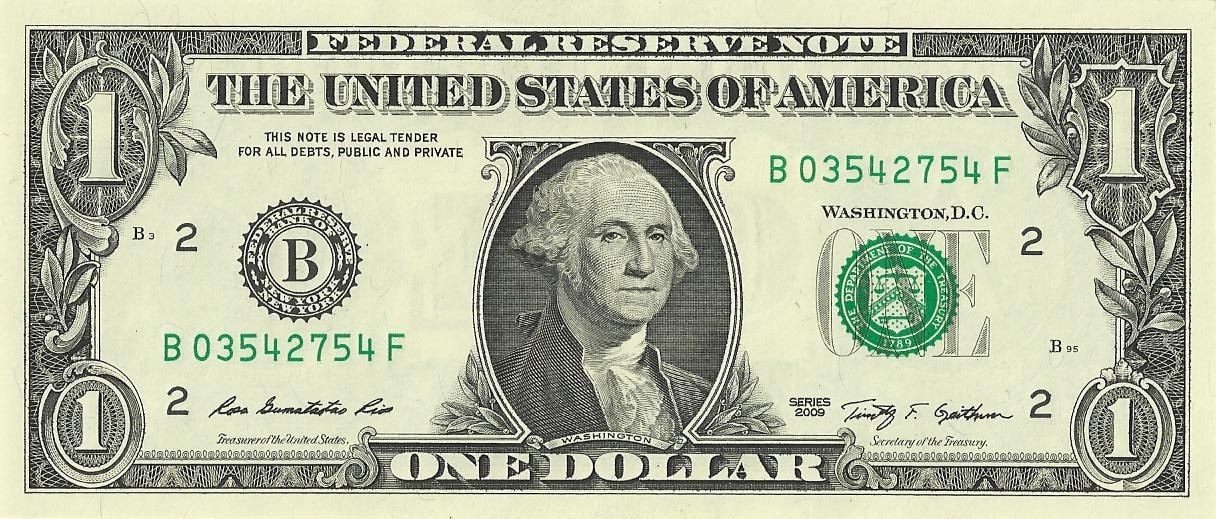- The Japanese Yen weakens a bit against the USD on Tuesday, albeit lacks follow-through.
- Bets that the BoJ will exit the negative interest rates regime should help limit further losses.
- Dovish Fed expectations cap the USD recovery and should act as a headwind for USD/JPY.
The Japanese Yen (JPY) kicks off the new year on a weaker note in the wake of a devastating earthquake in central Japan on Monday. Apart from this, a modest US Dollar (USD) strength, bolstered by a further rise in the US Treasury bond yields, remains supportive of the bid tone surrounding the USD/JPY pair through the first half of the European session. That said, the divergent expectations about the future policy action by the Bank of Japan (BoJ) and the Federal Reserve keep a lid on any further gains for the major.
Market players seem convinced that the Bank of Japan (BoJ) will exit its ultra-loose policy and lift interest rates into positive territory by the first half of 2024. The current pricing suggests a strong possibility of such an action in April, after the annual wage negotiations in March. In contrast, the Federal Reserve (Fed) is anticipated to start cutting interest rates as early as March 2024. Dovish Fed expectations, meanwhile, should cap the US bond yields and the buck, which, in turn, favours the JPY bulls and caps the USD/JPY pair.
Furthermore, geopolitical risks and concerns about fragile economic recovery in China validate the positive outlook for the safe-haven JPY. Traders, meanwhile, seem reluctant to place directional bets ahead of the FOMC minutes on Wednesday and this week’s important US macro releases, including the closely-watched monthly employment details (NFP) report on Friday. Hence, it will be prudent to wait for strong follow-through buying before confirming that the USD/JPY pair has bottomed out and positioning for further gains.
Daily Digest Market Movers: Japanese Yen remains depressed against USD, lacks follow-through
- The Japanese Yen snaps a three-day winning streak against the US Dollar on Tuesday in reaction to a 7.6 magnitude earthquake on Monday that led to a 1.2-meter tsunami.
- Bets that the Bank of Japan (BoJ) will exit its ultra-loose policy and lift interest rates into positive territory by the first half of 2024 should continue to act as a tailwind for the JPY.
- Geopolitical risks stemming from the war in Ukraine and in the Middle East, and China’s economic woes might further contribute to limiting deeper losses for the safe-haven JPY.
- US forces struck back against the Iran-backed Houthi group in the Red Sea in response to a series of strikes on several military and commercial vessels in the region.
- The official Chinese PMI released over the weekend indicated a further deterioration in manufacturing activity and little signs of recovery at the end of 2023.
- A private-sector survey, meanwhile, showed on Tuesday that China’s factory activity expanded at a quicker pace in December but business confidence for 2024 remained subdued.
- The US Dollar builds on its recovery from a five-month low amid a further rise in the US Treasury bond yields and lends additional support to the USD/JPY pair.
- The yield on the benchmark 10-year US government bond recovered further from its lowest level since July touched last week and is seen underpinning the buck.
- Dovish Federal Reserve expectations should keep a lid on the ongoing USD recovery from its lowest level since late July and act as a headwind for the USD/JPY pair.
- The markets have priced in the possibility that the Fed will cut rates six times this year, starting as early as March, amid hopes for a soft landing for the economy.
- Traders now look to the key US macro data scheduled at the beginning of a new month, including the NFP report on Friday, for some meaningful impetus.
- Investors will further confront the release of FOMC meeting minutes on Wednesday, which will be scrutinized for cues about the timing of the first rate cut.
- This week’s US economic docket also features the ISM Manufacturing PMI and JOLTS Job Openings on Wednesday, followed by the ADP report on Thursday.
Technical Analysis: USD/JPY could attract fresh sellers and remain capped near the 142.00 mark
From a technical perspective, the recent breakdown and acceptance below the 200-day Simple Moving Average (SMA) was seen as a fresh trigger for the USD/JPY bears. Moreover, oscillators on the daily chart are yet to signal oversold conditions and support prospects for deeper losses. Hence, any subsequent move up might still be seen as a selling opportunity and runs the risk of fizzling out quickly ahead of the 142.00 round figure. That said, some follow-through buying could trigger a short-covering move and lift spot prices beyond the 142.40 intermediate hurdle, towards retesting the 200-day SMA breakpoint, currently near the 143.00 mark.
On the flip side, the 141.00 round figure could protect the immediate downside ahead of the multi-month low, around the 140.25 region touched last week, and the 140.00 psychological mark. The latter should act as a key pivotal point, which if broken decisively could make the USD/JPY pair vulnerable to accelerate the fall towards the 139.35 region en route to the 139.00 mark, the 138.75 area and the 138.00 mark (July 28 low).
Japanese Yen price today
The table below shows the percentage change of Japanese Yen (JPY) against listed major currencies today. Japanese Yen was the strongest against the New Zealand Dollar.
| USD | EUR | GBP | CAD | AUD | JPY | NZD | CHF | |
| USD | 0.07% | 0.03% | 0.00% | -0.03% | 0.17% | 0.15% | 0.12% | |
| EUR | -0.06% | -0.03% | -0.06% | -0.09% | 0.10% | 0.06% | 0.06% | |
| GBP | -0.03% | 0.03% | -0.02% | -0.09% | 0.15% | 0.10% | 0.07% | |
| CAD | -0.01% | 0.05% | 0.02% | -0.04% | 0.17% | 0.14% | 0.11% | |
| AUD | 0.03% | 0.09% | 0.05% | 0.03% | 0.20% | 0.17% | 0.15% | |
| JPY | -0.17% | -0.09% | -0.14% | -0.16% | -0.19% | -0.02% | -0.04% | |
| NZD | -0.13% | -0.06% | -0.09% | -0.14% | -0.18% | 0.04% | -0.08% | |
| CHF | -0.13% | -0.03% | -0.06% | -0.10% | -0.16% | 0.09% | 0.03% |







